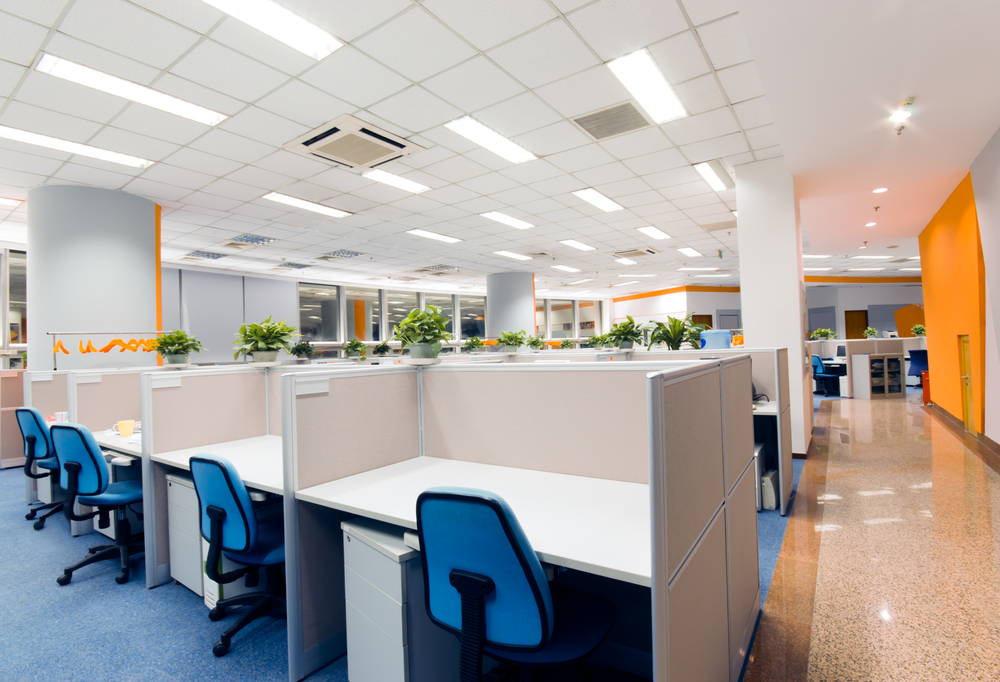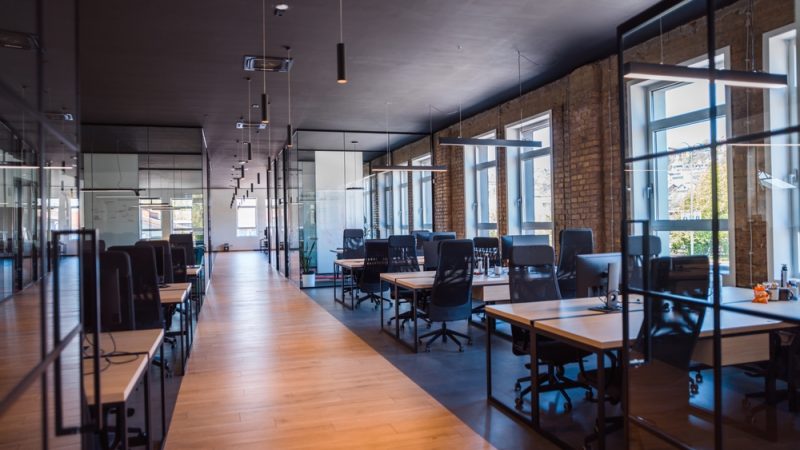How to Integrate Smart Technology in Your Office

Smart technology is transforming the modern workplace. Integrating smart devices and systems can boost productivity, enhance energy efficiency, and streamline daily operations. In this guide, we explain practical steps and best practices for successfully integrating smart technology into your office.
Introduction
The adoption of smart technology in office environments is reshaping how businesses operate. By automating routine tasks and optimizing resource management, companies can focus on strategic growth and innovation. This article outlines key considerations and actionable steps for seamlessly incorporating smart solutions into your office infrastructure.
Benefits of Smart Technology in the Office
Implementing smart technology offers numerous advantages:
- Increased Efficiency: Automated systems reduce manual tasks and help maintain optimal performance.
- Enhanced Energy Management: Smart lighting and climate control systems adapt to usage patterns, lowering energy costs.
- Improved Security: Integrated surveillance and access control systems safeguard office premises and sensitive information.
- Better Employee Experience: Modern workspaces equipped with advanced technology foster a comfortable and productive environment.
- Data-Driven Insights: Smart sensors and analytics tools provide valuable data to inform decision-making.
Key Smart Technologies for the Modern Office
Several smart systems can be integrated into an office setting:
- Smart Lighting: Automated, energy-efficient lighting adjusts brightness based on occupancy and natural light levels.
- Climate Control Systems: Intelligent thermostats maintain a comfortable temperature while conserving energy.
- IoT Sensors: Devices monitor various aspects of the office environment, from air quality to occupancy levels.
- Digital Signage: Dynamic displays communicate essential information and boost internal engagement.
- Automated Scheduling: Smart calendars and room booking systems streamline meeting coordination.
- Security Systems: Advanced access control and surveillance solutions ensure the safety of both people and assets.
Planning and Implementation
A successful smart technology integration begins with a clear plan:
- Assess Your Office Needs: Identify areas where technology can improve efficiency and address pain points.
- Set a Realistic Budget: Determine the costs of devices, installation, and ongoing maintenance.
- Research Solutions: Evaluate available technologies that meet your office requirements.
- Develop an Implementation Roadmap: Plan the deployment in phases to minimize disruption.
- Engage Stakeholders: Involve employees in the planning process and communicate the benefits of new systems.
Implementation Best Practices
When integrating smart technology, consider the following best practices:
- Pilot Programs: Test new devices in a controlled environment before a full-scale rollout.
- Employee Training: Offer comprehensive training to ensure everyone understands how to use the new systems effectively.
- Seamless Integration: Ensure that new technology works with existing office systems to avoid disruptions.
- Continuous Monitoring: Regularly review performance metrics and adjust systems as needed.
Security and Maintenance Considerations
Smart technology introduces new security and maintenance challenges:
- Cybersecurity Measures: Protect connected devices with strong passwords, regular software updates, and robust firewalls.
- Data Privacy: Ensure compliance with privacy regulations when collecting and storing data.
- Ongoing Support: Establish a maintenance schedule to address technical issues promptly and keep systems running efficiently.
Future Trends in Office Technology
The landscape of smart technology is constantly evolving. Emerging trends include:
- Artificial Intelligence Integration: AI-driven systems can further automate tasks and predict maintenance needs.
- Augmented Reality: AR tools may enhance collaboration and training experiences.
- Advanced Analytics: Enhanced data analysis capabilities will provide deeper insights into office operations.
- Sustainable Technologies: New innovations will continue to focus on energy efficiency and environmental sustainability.
Conclusion
Integrating smart technology in your office is a strategic investment that drives efficiency, improves security, and enhances the overall work environment. By planning carefully, choosing the right technologies, and maintaining robust security practices, you can build a smart office that supports your business goals and adapts to future challenges.


